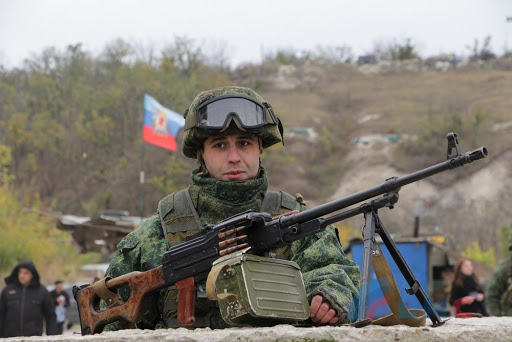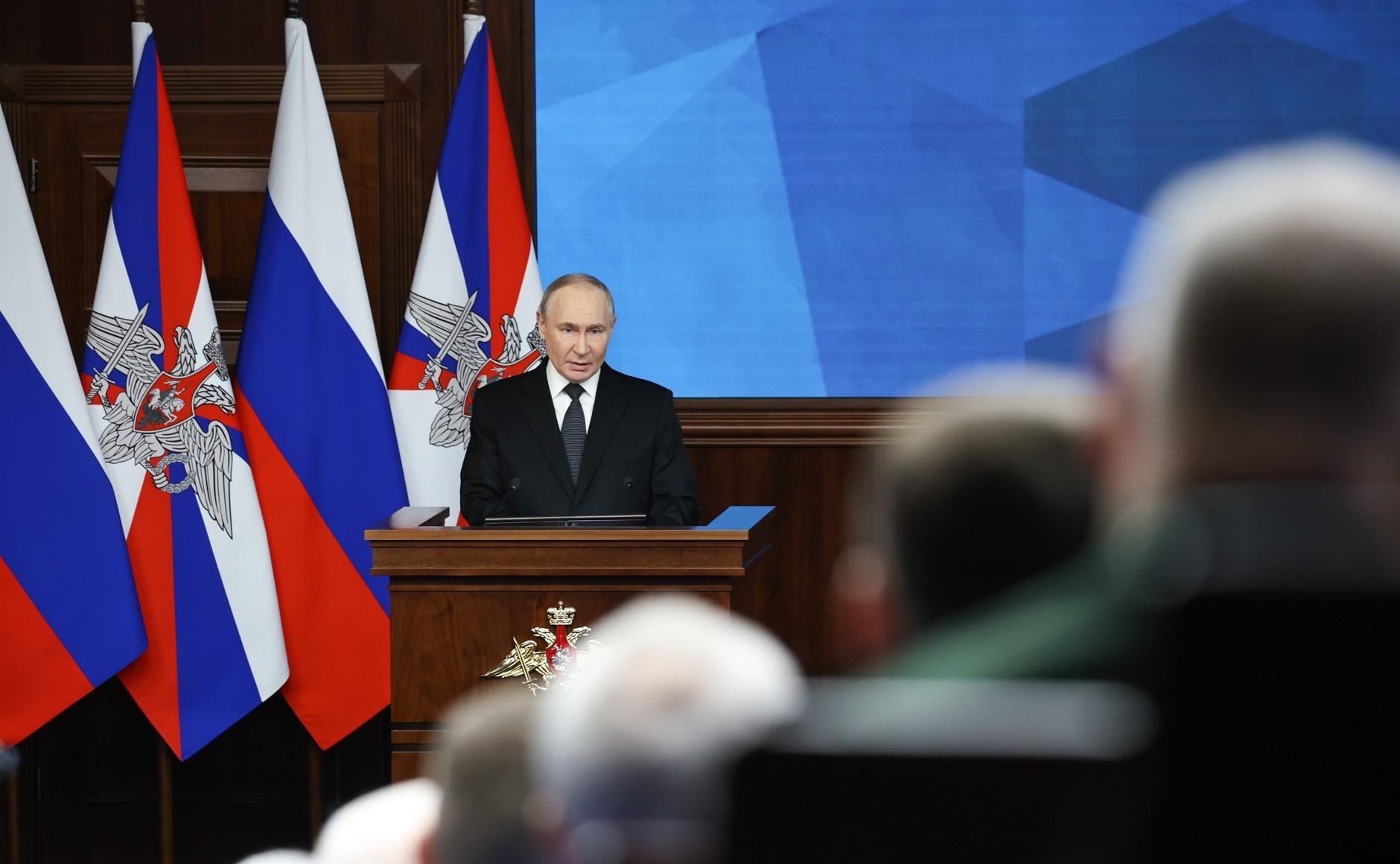
New Ukraine Ceasefire Agreement Officializes Donetsk-Luhansk Militaries (Part Two)
New Ukraine Ceasefire Agreement Officializes Donetsk-Luhansk Militaries (Part Two)
*To read Part One, please click here.
The agreement on additional measures to strengthen the ceasefire in eastern Ukraine, effective from July 27 for an unlimited duration (see Part One in EDM, July 29), resuscitates the Joint Center for Control and Coordination (JCCC, an inactive ceasefire-monitoring group). The JCCC morphs into a decision-making body, the linchpin in a new mechanism for responding to ceasefire violations.
This agreement casts Ukraine versus “certain areas of the Donetsk and Luhansk regions” (Russian and Ukrainian acronym: ORDLO) as “the sides” to the conflict, concealing Russia’s role as the real belligerent against Ukraine. The JCCC is slated to become, in effect, an arbiter between Ukraine and ORDLO in the mechanism for responding to ceasefire violations. It would be empowered to allow the top military command of either side to open fire in response to “offensive actions” by the other side.
Russia and their Donbas proxies want the JCCC to include representatives of Ukraine and of ORDLO, apparently on a parity basis. Russia had abandoned the JCCC in 2017 in order to download all responsibilities for belligerence on ORDLO. Therefore, Russia declines to re-join the JCCC at this time, being content to give ORDLO free rein to obstruct the new JCCC. For their part, some highly placed but apparently confused Kyiv officials are trying hard to bring Russia back into the JCCC, hoping to avoid granting de facto recognition to ORDLO’s militaries. Such hopes seem to overlook the fact that this new agreement itself is conceding quasi-recognition and status equivalence to the “ORDLO armed formations” (see Part One).
Under this agreement, “retaliatory fire responding to an offensive action is only permissible if it is ordered, respectively, by the leadership of the Armed Forces of Ukraine or by the leadership of the armed formations of ORDLO, after an unsuccessful attempt to use the said coordinating mechanism [for ceasefire violation response]” (Osce.org, July 23).
In practice, this means that only Ukraine’s General Staff, not field officers, could order retaliatory fire against ORDLO violations of the ceasefire. However, Ukraine’s General Staff would need, first, to contact the JCCC, explain its view of what happened, request the JCCC’s permission to fire back, and await the JCCC’s assessment of the situation. Only then would the JCCC make a decision on whether to authorize Ukraine’s General Staff to order firing back, or reject Kyiv’s request, or delay a decision. And all of this would be happening on Ukraine’s sovereign territory internationally recognized as such.
The JCCC’s own internal rules of procedure are yet to be determined; but, irrespective of those procedures, the JCCC seems predestined for deadlock between the Ukrainian side and the other side, whether the latter consists of Moscow representatives, ORDLO representatives, or a combination of these two groups, indistinguishable from each other in any case.
The JCCC is envisaged to serve Russia’s goal that any complaints about ceasefire violations should be re-addressed, from Moscow’s address to that of Donetsk-Luhansk. This tactic calls to mind the Berlin crises. Each time, the Soviet authorities emboldened their East German (“GDR”) satellite to breach the four-power agreements, the Western side protested to the Soviet side, and the latter told the West to re-address the complaint to the (then-unrecognized) “GDR” authorities (the tactic of “pere-adresatsiya”).
This agreement references the “the ORDLO armed formations” in several places, marking a major step forward to their legitimization. The agreement, moreover, fails to mention Russia at all in connection with military issues. “The ORDLO armed formations” is this agreement’s almost undisguised synonym for the “Donetsk and Luhansk people’s republics [DPR/LPR] militias”—the DPR-LPR’s Russia-led, corps-sized armed forces. The “armed formations” and the “people’s militias” are one and the same organization, under one name in Donetsk-Luhansk and an alternative name in the Minsk Process.
Given these sins of commission and omission, this agreement gravely undermines the Ukrainian government’s stated (and no doubt genuine) goal to achieve the withdrawal of Russian forces and demobilization of ORDLO forces from the Russian-controlled territory.
President Volodymyr Zelenskyy and his Office Chief, Andriy Yermak, hastened to conclude this agreement under the sway of short-term political goals (earn another Normandy summit, deliver “peace” to help the president’s party ahead of Ukraine-wide local elections). Their cave-in on this issue is only one aspect in the variegated picture of Kyiv’s current negotiating positions. Kyiv (and various centers of authority within it) shows firmness on some issues and weakness on others in the Minsk and Normandy processes and toward Moscow. But the Presidential Office remains the most concession-prone institution.


